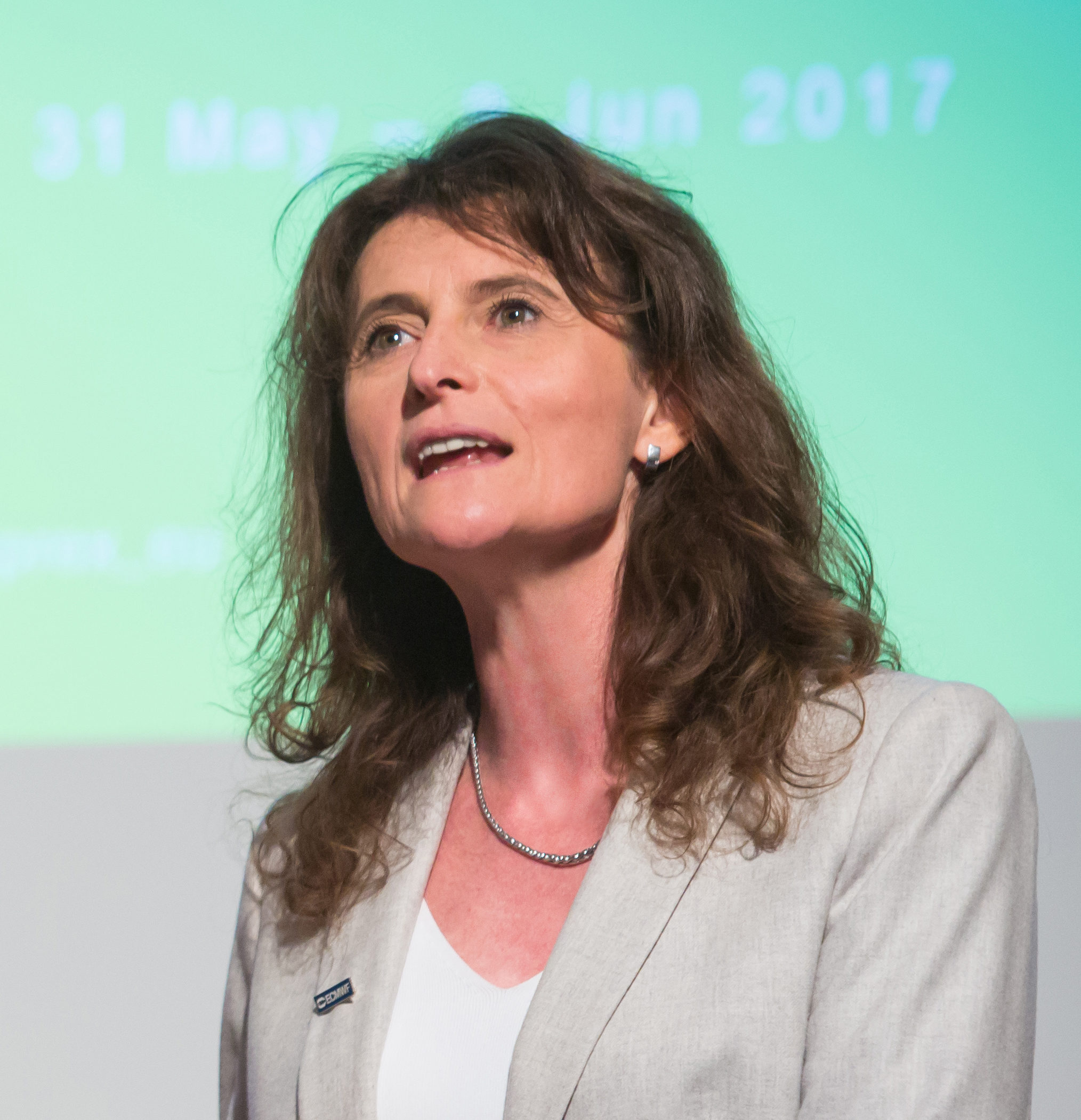 ECMWF carries a commitment to ‘medium-range weather forecasts’ in its name. That means a broad range of forecasts across the globe up to 10 days ahead. The production of such forecasts is enshrined in the Centre’s Convention. But it was found long ago that it was best for them to be complemented by research into longer-range forecasts and the release of corresponding products. The starting point was laid in 1986, when the Centre’s governing Council decided that “it will be necessary to carry out extended integrations to study systematic model error and as an aid in predictability research”. Council also reserved the right to make available “forecasts in the extended range”. This has developed into the operational issuing of extended-range forecasts, up to 46 days ahead, and long-range forecasts, up to 13 months ahead. Together with medium-range forecasts, they are produced by the Integrated Forecasting System (IFS). Several articles in this Newsletter illustrate important work that has recently been carried out in the extended-range and long-range fields.
ECMWF carries a commitment to ‘medium-range weather forecasts’ in its name. That means a broad range of forecasts across the globe up to 10 days ahead. The production of such forecasts is enshrined in the Centre’s Convention. But it was found long ago that it was best for them to be complemented by research into longer-range forecasts and the release of corresponding products. The starting point was laid in 1986, when the Centre’s governing Council decided that “it will be necessary to carry out extended integrations to study systematic model error and as an aid in predictability research”. Council also reserved the right to make available “forecasts in the extended range”. This has developed into the operational issuing of extended-range forecasts, up to 46 days ahead, and long-range forecasts, up to 13 months ahead. Together with medium-range forecasts, they are produced by the Integrated Forecasting System (IFS). Several articles in this Newsletter illustrate important work that has recently been carried out in the extended-range and long-range fields.
One of them highlights the importance of the Gulf Stream for forecasts. The results of sensitivity experiments show the potential benefits of high-resolution ocean models that can better resolve the position of the Gulf Stream. Another article investigates the possibility that ECMWF’s current seasonal forecasting system, SEAS5, will predict marine heatwaves. A third contribution examines the representation of blocking in ECMWF seasonal prediction systems, and a fourth one reviews the interplay of the state of the Indian Ocean and the El Niño – Southern Oscillation in the Pacific. Another case in point that will be covered in more detail in the next Newsletter, but is already on our website, is a change in the calibration of SEAS5 forecasts of the number of tropical cyclones, to reduce their underprediction. These cases show that we have come a long way in our predictions beyond the medium range, but also that a lot remains to be done.
Some of the articles focus on medium-range predictions. They highlight an episode of snow in Spain in January and exceptionally high precipitation in Sardinia in November. The latter article also shows how our forecasts complement more short-range products. It underlines how forecasts in different ranges can complement each other.
The more in-depth articles include a first application of machine learning, in this case in the field of data assimilation. Watch out for more to follow. They also cover a new way to work with IFS experiments, and developments in ECMWF’s online presence. The latter article is particularly closely linked to the move of our data centre to Bologna, Italy. The latest news is that the wireless network service is now fully operational, but the start of operations of the new supercomputer in Bologna will have to wait a little longer. We will keep you posted.
Florence Rabier
Director-General

